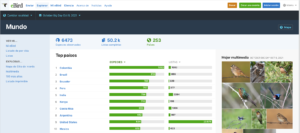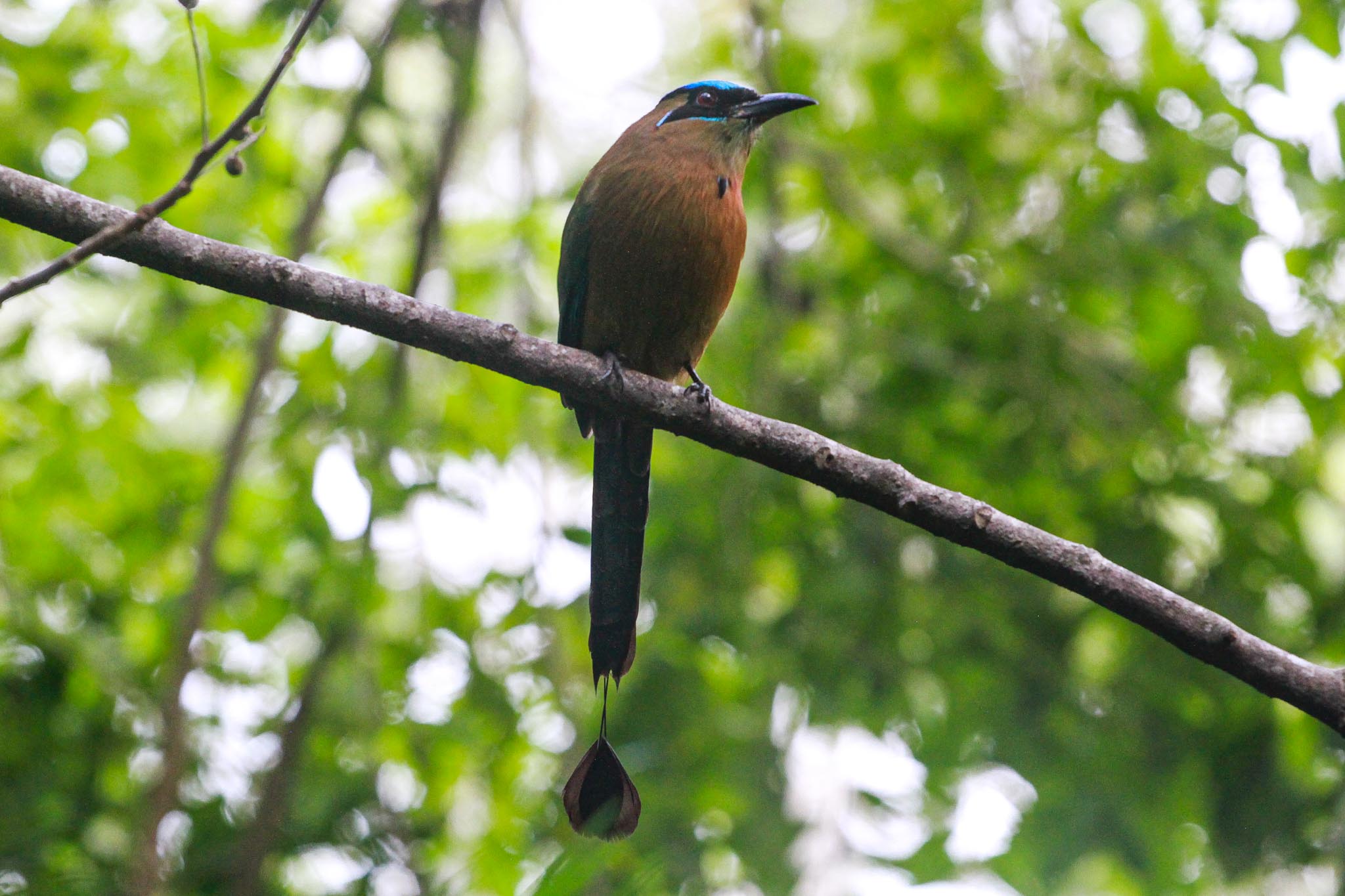October Global Big Day is celebrated, a great day to count birds
Like every year, the second Global Big Day arrived for bird lovers and conservationists around the planet.
Powered by Cornell University and its Laboratory of Ornithology, this is a day when all bird watchers support the monitoring and study of birds across the planet.
“It’s like the Olympics, but for bird watchers,” Guatemalan biologist and conservationist Varinia Sagastume wrote for Viatori, a day in which all countries try to displace Colombia and Peru from the first places they always occupy.
Here is an update of what is happening during the day:

6:00 pm (GMT-6): A total of 6,473 species of birds have been registered by more than 24 thousand people in 253 countries around the world. America is the dominant region occupying eight of the top ten places globally, From Asia, India was fifth, and Kenya in Africa ranks sixth. Of each American continent, of the countries of South America, Central America and North America, Colombia occupies the first place, Costa Rica the seventh and the United States, the ninth.
5:00 pm (GMT-6): During the October Global Big Day, eBird records 6,365 species observed in 253 countries. Of the bird species, the first three are: Franklin’s gull (Leucophaeus pipixcan), The snow goose (Anser caerulescens), also called the white goose or snow goose and The fatten, arctic sandpiper or reddish sandpiper (Calidris canutus), respectively.
4:00 pm (GMT-6): At this hour, the eBird platform reports in its statistics that Costa Rica has been displaced from 5th. place worldwide to seventh, by Ecuador and Peru, which have climbed to fifth and sixth respectively. Mexico is in 10th place, and Guatemala is in 16th place. Colombia, Brazil and India maintain the first three places respectively.
3:00 pm (GMT-6): The eBird platform has exceeded 20 thousand people making registrations at this time. In some regions of the world, those who register on the world’s web platform are few, such as: in Central America there are 771 people, in Africa there are 625 people, in the Arctic Oceans of the Atlantic there are 14 people and in the South Pole a person is found making searches.
2:00 pm (GMT-6): During the Global Big Day, 6,029 species of birds have been recorded worldwide. E-bird registers on its platform the participation of more than 18 thousand people, and in the world, in the western hemisphere so far, the regions of North America and South America register the highest number of species, while in the eastern hemisphere, Eurasia and Europe rank first and second respectively, while Africa ranks third.
1:00 pm (GMT-6): According to eBird statistics recorded so far, the eastern hemisphere is ahead of the western hemisphere, by about 600 species. The countries of America that remain in the first ten places worldwide are Colombia, Brazil, Costa Rica, the United States, Argentina, Ecuador and Peru. Colombia ranks first overall with a record of 867 species, India is second with 736 species, and Kenya with 702 species.
12:00 pm (GMT-6): Central American observers have already reported 840 species, through 1,113 listings. Of the Central American countries, Costa Rica ranks number 5 in the Top-10 during global counts. Guatemala is in position number 16 with 404 registered species. Mexico in 11th place. Panama has dropped to 19th place.
10:09 am (GMT-6): Central American observers have already reported 718 species, through 643 listings. Central American countries, particularly Costa Rica and Panama, tend to occupy some position in the Top-10 during global counts.
9:40 am (GMT-6): According to the E-bird web platform, 5,347 species have been registered so far, through 19,537 listings. Eurasia and South America are the most active regions so far.

Golden-fronted woodpecker (Melanerpes aurifrons), one of the species observed and reported this day. Photo: Carlos Duarte/Viatori
